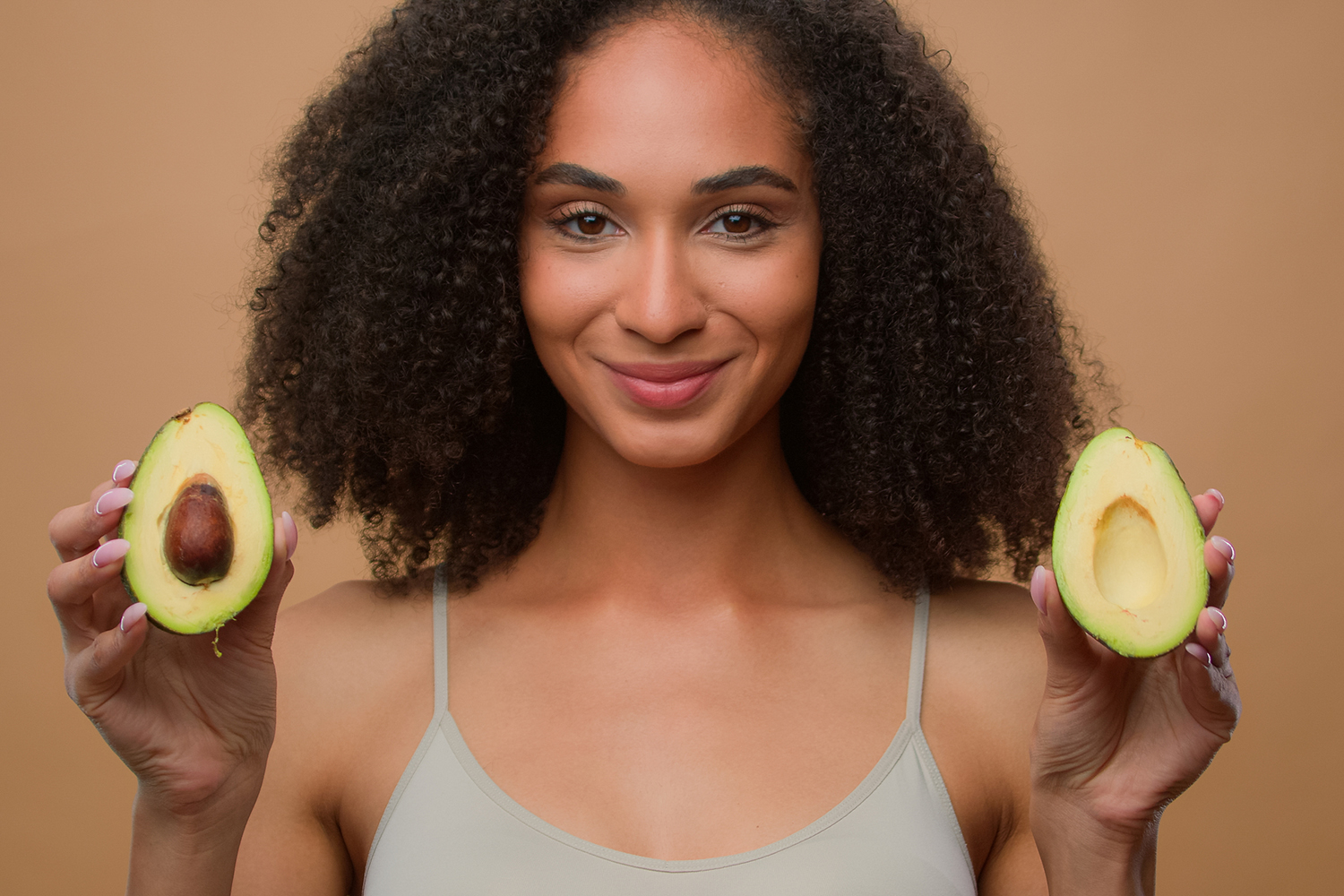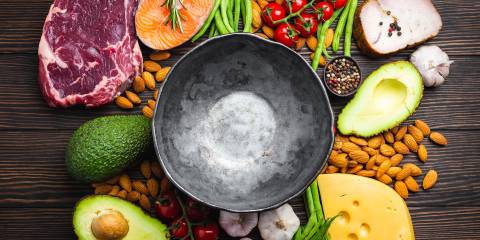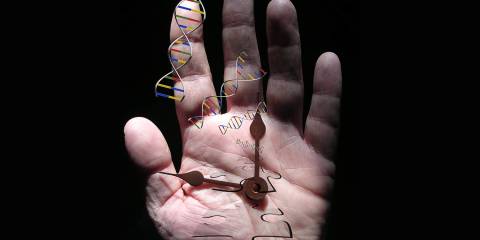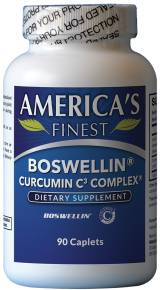What’s the best way to get the best skin? According to an ancient wellness practice, it’s all about figuring out your dosha.
Ayurvedic Skin Care
Ayurveda, which translates to “life knowledge” or “science of life” in Sanskrit, goes back thousands of years in India. A holistic approach guided by the mind-body connection, it’s based on the idea that wellness comes from a balance of mind, body, and soul.
The way to achieve that balance is to first identify your dosha, or inner energy. There are three doshas–vata, pitta, and kapha–and people can be one type, a mixture of two, or, in rare cases, a blend of all three. Once you’ve identified yours, you can tailor your skin care (and other healthcare) regimens to it. To figure out whether you correspond to vata, pitta, or kapha, you can consult an ayurvedic practitioner, try an online test or two, or read up on ayurveda. Here’s a quick summary from www.VictoriaHealth.com.
What is Your Dosha?
| Vata (Air & Space) | Kapha (Earth) | Pitta (Fire & Water) | |
|---|---|---|---|
| Body | small, light, doesn’t gain weight easily | large, gains weight easily | medium frame |
| Hair | dry, frizzy | thick, wavy, tends toward oily | fine and straight, usually sandy, red, or blonde |
| Skin | dry, rough with small pores | oily, large pores, acne-prone | fair, soft, sensitive; tendency to rashes, acne, liver spots, rosacea, or pigment disorders; sun-sensitive |
| Hunger | irregular | easy to skip meals | good digestion; thirsty, likes cold food |
| Sleep | light | sound | little, but sound |
| Walks | quickly | steadily | swiftly |
| In Balance | tends to be imaginative, flexible, vibrant | affectionate, compassionate, and emotionally even-keeled | dynamic and passionate, intelligent, perceptive, and highly efficient |
| Out of Balance | tends to become tired, restless, worried | lethargic and complacent; may gain weight; skin looks dull and oily | tends to be over-critical of others; often too intense and competitive |
Skin Care for Each Dosha
Next, work with your dosha when you’re caring for your skin.
-
Vata
Vata skin is delicate, dry, and sometimes flaky, with premature wrinkles. Cleanse it with a gentle oil or balm. Look for moisturizing products that contain essential fatty acids: coconut, almond, sesame, and olive oils and shea butter and honey. Keep skin hydrated by making sure the diet contains plenty of healthy fats like nuts, avocados, and fatty fish.
-
Kapha
Kapha skin is smooth and moist, but can be prone to oiliness and clogged pores, and may be dull and pale. Use gentle cleansers for deep cleaning and exfoliation on alternate days. Look for light, nourishing moisturizers that contain energizing herbs including rosemary, yarrow, peppermint, lemon, orange, and sesame. Eat spicy foods that invigorate the skin: garlic, ginger, chili, and apple cider vinegar.
-
Pitta
Pitta skin is clear and glowing, but may sometimes be irritated. It’s easily sunburned, and can have freckles and moles—and blocked pores on the forehead, nose, and chin. Choose skin care products with ingredients designed to calm, balance, and hydrate. Good options are coconut, sunflower, grape seed, lavender, rose, tea tree, neem, sandalwood, and thyme. Eat plenty of cooling foods like cucumber, zucchini, watermelon, pears, and cantaloupe.





